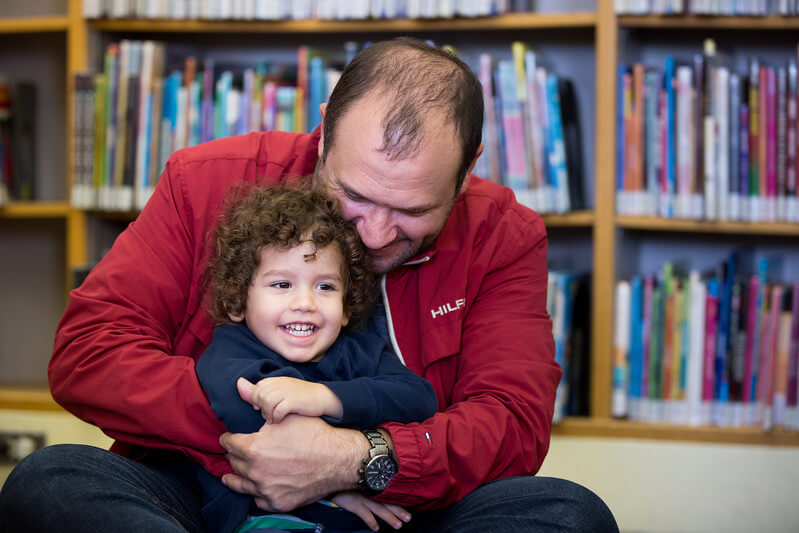As a parent of two, I find that it can be a struggle to always put on a positive face for my children during this uncertain time. So much of their world has changed so quickly.
Not only are we all feeling extra stress, but they are asking more questions as time marches on. I don’t like not having answers for my children, but it’s really difficult right now and I’m not always sure where to begin.
With so many questions about COVID-19 and social distancing, I felt like I needed to see what resources are out there to help guide these conversations. And though it doesn’t take away the sadness, it is helping me feel better to know that I am not alone with this struggle. And neither are you.
Here are some resources other Carnegie Library of Pittsburgh librarians and I have been using to help guide conversations with our children. We hope they might help you too.
As this stressful time continues, please remember that situations and information are changing rapidly so this list is not all-inclusive.
The American Association of Child & Adolescent Psychiatry reminds caregivers that there is no “one size fits all” way to talk to children about public health emergencies and provides a straightforward list of actions that can help keep the doors open for conversation between children, teens, and adults throughout this time in our lives.
BrainPOP, is an animated education website for children that is often used in classrooms. Currently BrainPOP is offering free videos that help explain many relevant discussion topics: Coronavirus, distance learning, personal hygiene, and flattening the curve. Each topic also includes vocabulary lists, worksheets, and lesson ideas that include discussion prompts. In addition, there are interactive games, quizzes, and activities for children to explore too.
The monsters and friends of Sesame Street know that children learn best through play. Their resource kit, Caring for Each Other with Sesame Street, is full of songs, videos, and books your young children will enjoy. But they also have great resources for parents including tips on how to talk about COVID-19 and recommendations for building a new “normal” that works for your family.
The Centers for Disease Control takes a practical approach to talking about COVID-19 with children by breaking down information into manageable chunks. The CDC goes beyond physical health and also includes information on how to keep your family’s mental health in mind during this time. In addition, it also includes American Sign Language videos that discuss how to talk to children about the virus, how to use cloth facial coverings, how to keep children active and healthy while at home, and more.
EmbraceRace stresses that parents and caregivers must “put on your own oxygen masks first” so that they can best care for the young people in their lives. EmbraceRace has practical advice that can help caregivers including drawing connections to hard times during your childhood and the lessons you learned. EmbraceRace is continually updating articles and information on how COVID-19 is impacting Black, Indigenous and People of Color and other racialized communities as well as gathering, “COVID Resources that Take Race Seriously”.
The National Association for School Nurses outlines some simple steps and things to keep in mind when preparing for a conversation with your children. Their material is also available in Spanish.
Time for Kids, the popular news magazine for children, has made access to their digital collection free for the rest of the school year. The news magazine covers current events in kid-friendly ways and topics that are important to young learners. Recent editions have included discussing schooling at home.
PBS Kids has information for parents on how to handle discussing Coronavirus with some of the youngest children. They also include a curated list of episodes from some popular PBS show episodes that discuss personal hygiene.
Even though we may be physically apart from each other, it still takes a village to raise our children. I’m always interested in hearing what resources you’re using at home and would love for you to share them through the Library’s social media channels including Facebook, Instagram, Twitter and Teenspace on Instagram.
These conversations won’t end today and we’re all in this together.

